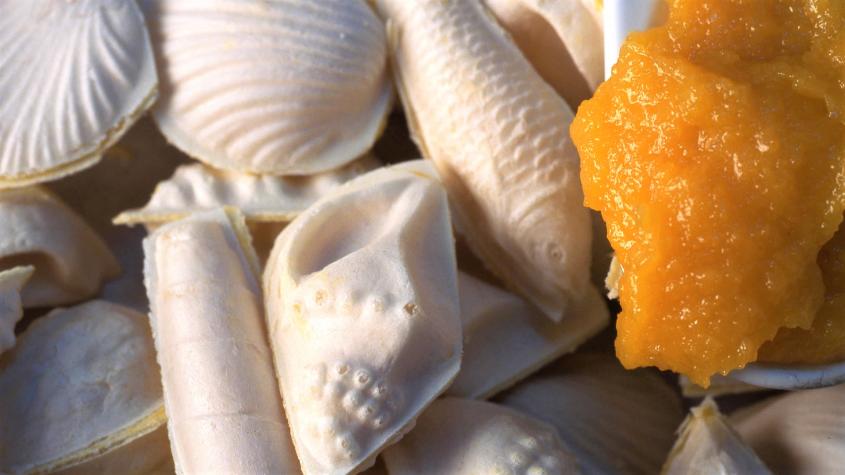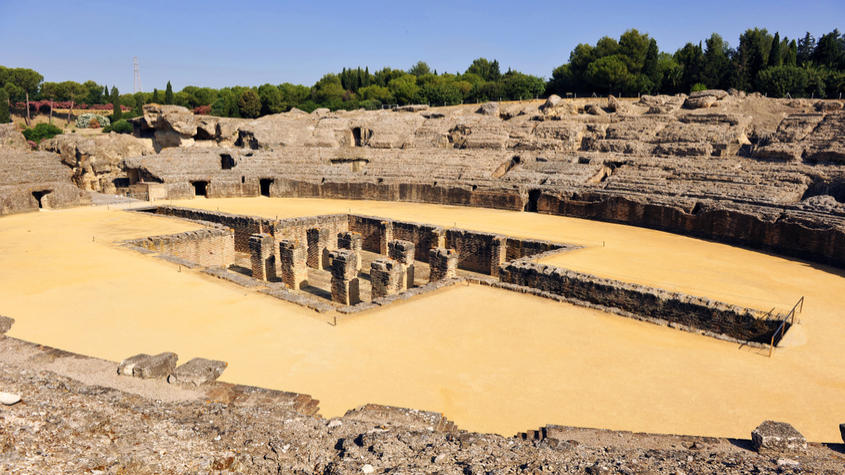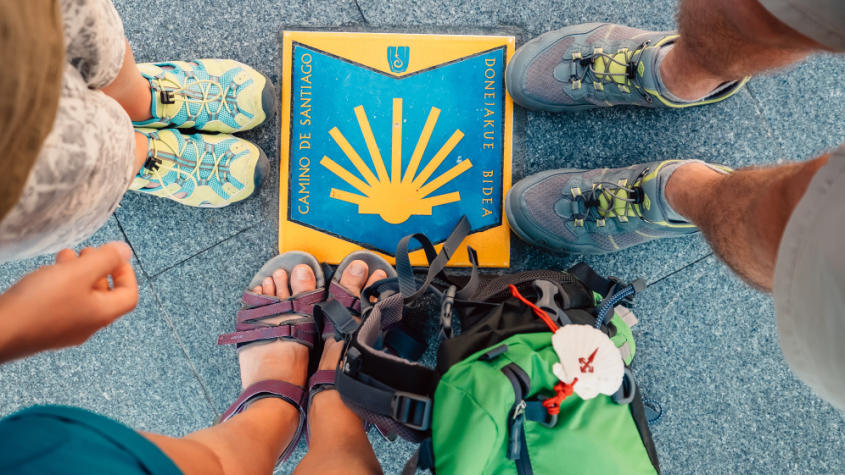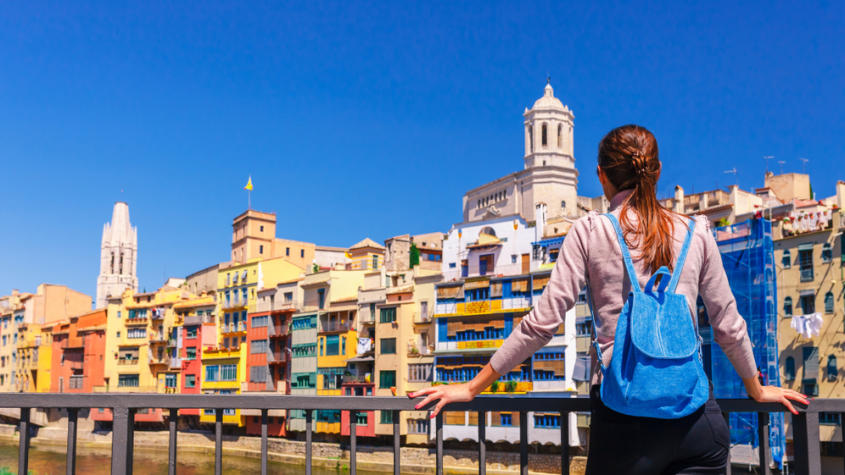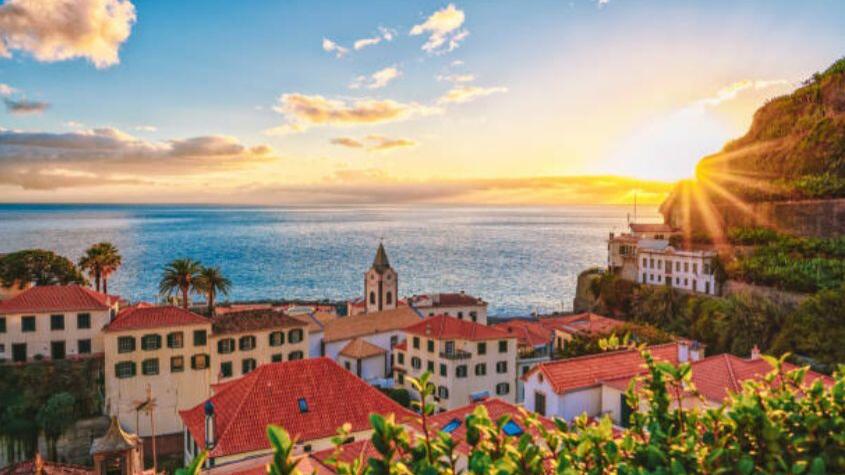
Legends of Madeira Island
In the early days of the Portuguese Discoveries, in 1418, a vessel that was following the African coast was diverted, by a storm, from its original route. After days adrift, the navigators João Gonçalves Zarco and Tristão Vaz Teixeira see land and discover the island of Porto Santo and its majestic sand.
A year later, the same navigators, accompanied by Bartolomeu Perestrelo, arrive to the charming island of Madeira.
The pearl of the Atlantic Ocean abounds with enchanting legends, fantastic stories, and folk tales. Some are at the origin of the name of villages, as is the case of the first legend.
SÃO VICENTE AND THE CALHAU (PEBBLE) CHAPEL
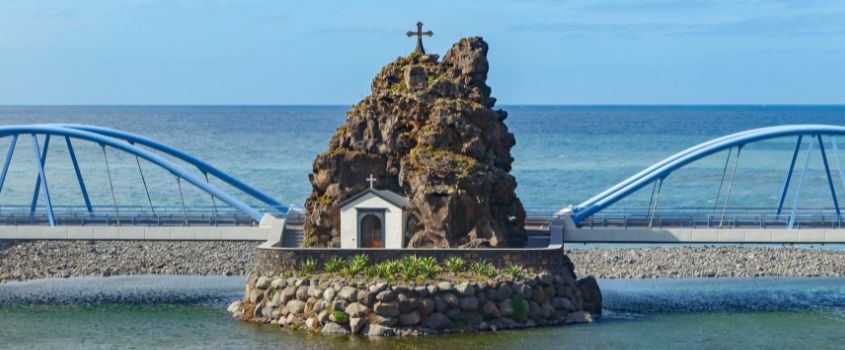
Many years ago...
... On a stormy night, a galleon was shipwrecked on the north coast of Madeira, not surviving a single sailor.
When the day came, wreckage was scattered all over the place, several of which hit the shore of a small village, getting stuck in rocks (or calhaus (pebbles), as a local would say).
After the storm, the inhabitants descended with curiosity and hope that they could find something much more valuable. And behold, someone shouts:
- Come to see it! Come to see it!
It is seeing the people in such a rush towards the person who gave the warning, and when they arrive at the place, they are faced with a wooden image stuck in the pebbles and a crow feeling cold perched on it. After a thorough research, with their eyes and hands, two of the presents say that it is Saint Vincent and claim that the presence of the crow only reinforced their brilliant thesis.
That said, it is decided to remove the image immediately and take it in a procession to the village to place it in the chapel. Once removed from the waters, the crow flies off and disappears into the air to an uncertain part.
Quickly St. Vincent became the patron saint of the place and his name is chosen for the name of the village: S. Vicente.
If it seems that the story ends like this, well, there will be an unexpected turnaround. Suddenly, the image disappears, as by magic, from the altar. The inhabitants were desperately looking for it, until someone remembered to go down to the seashore ... was not the saint most loving the sea breeze and had gone down 'till there. And isn't it that he finds the image in the same place where it had hit the coast? Soon the men managed to do the will of the saint and built a little chapel in the same place: the Capela do Calhau (Pebble Chapel).
And the crow? It is said that, on stormy days, the crow appears ... Who knows, just come to check how St. Vincent is doing.
TWO LEGENDS FROM RIBEIRA BRAVA
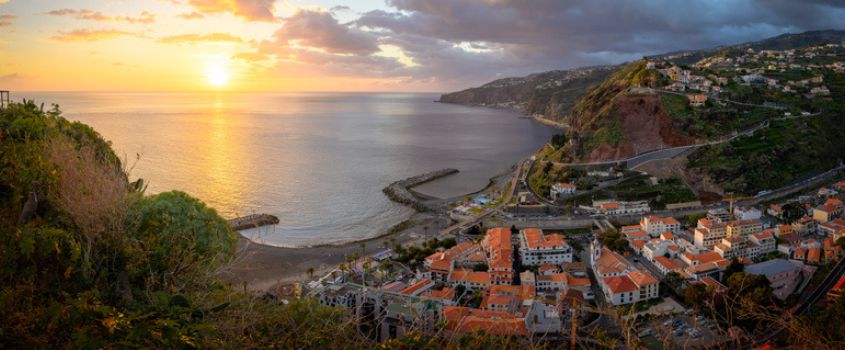
The village of Ribeira Brava (Brave Brook) is crossed by a brook and perhaps you are imagining that it is brave. It is not. It was. One day the brook became so curled up that the local population feared the worst.
According to the legend, on that fateful day, the priest from the village of S. Bento da Ribeira (St. Benedict of Stream) enters in the church directly at the altar of the local patron and removes the staff from him. Then, he approached the creepy stream of the brook and, with a steady hand, threw the staff of St. Benedict into the waters. And in the blink of an eye, the stream calmed down and silence reigned.
In memory of that terrible day when the inhabitants were on the verge of losing everything, the village changed its name to Ribeira Brava.
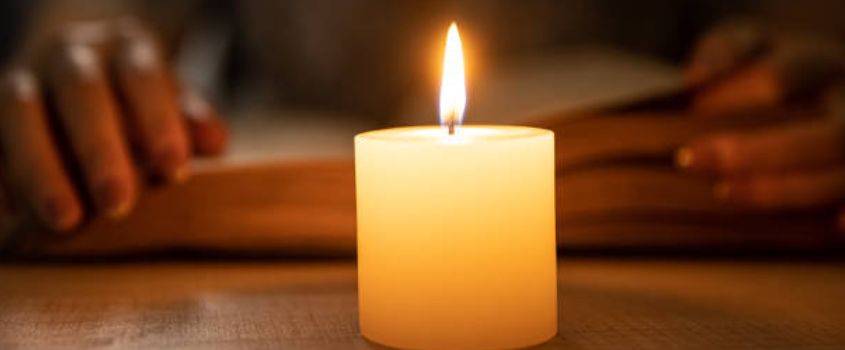
Hereabouts, there are also those who still know how to tell a curious legend:
"Our Lady was sick and sent for the wasp. The wasp replied:
- I'm tightening my belt to go to mass.
And it did not obey. Our Lady, as she knew it, immediately said:
- Well, the wasp will tighten the belt so much that it will be decollated.
Then Our Lady sent for the spider. The spider answered:
- I cannot go. I'm weaving my web.
As soon as Our Lady became aware of the spider's response, she said:
- Well, it will weave it, but it will never cover it.
Next, Our Lady sent for the bee that was making her honey mix. The bee came without delay, humming through the air. As soon as it arrived, Our Lady promised it:
-Little bee, your kneading will serve to light the Blessed Sacrament on the altar."
And now let's look at the truth: the wasp has a waist that even gives rise to the expression "wasp belt"; the spider warp and warp but never manage to cover the web; and there are candles, made of beeswax, that burn on the altars of some churches. As Fernando Pessa (famous Portuguese journalist) would say: and this one, huh?
THE BELL OF PONTA DO SOL
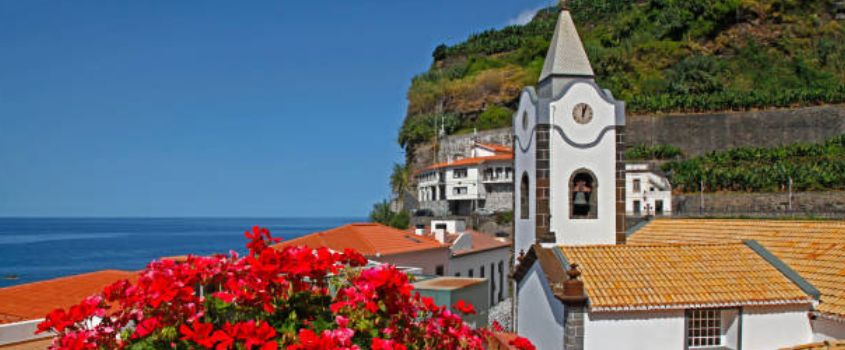
Many Portuguese, when they hear about Ponta do Sol, remember an old woman who married and tore the sheet - that was how the Madeiran singer Max sang.
But it's not about her that I am going to talk. But about a bell.
Many years ago, the village of Ponta do Sol still had access only by sea, the inhabitants started the construction of their church. According to the legend at that time the waves of the sea brought an image of Our Lady of Light (which more could it be in Ponta do Sol (Tip of the Sun)?) and a bronze bell.
The people immediately decided to erect a bell tower in the church and placed the bell on top of the belfry. And how good that bell rang.
It was not long before it reached the ears of a canon in Funchal that there was such a bell and he, perhaps out of greed, decided to request it for the cathedral in Funchal. Given the order, one night, the bell was loaded onto the boat that would take it to its new destination. The vessel set sail and as soon as the trip started, a great storm arose. Soon after, a gigantic wave swept the boat and took the bell back to the Ponta do Sol pebble, leaving the crew astonished.
PORTO MONIZ AND THE LEGEND OF THE SARDINES
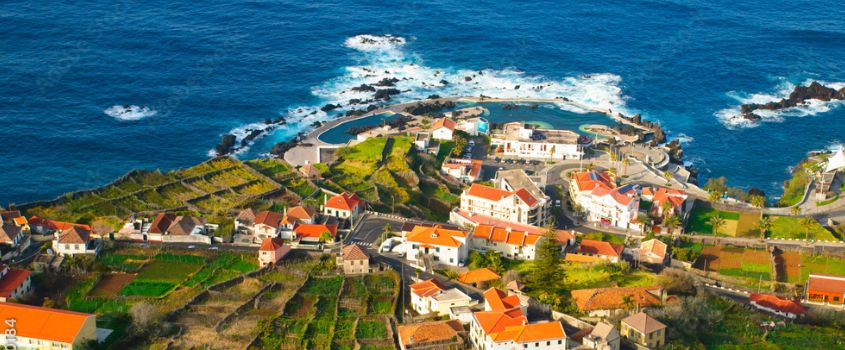
In the mouth of the people of Porto Moniz there is a legend about a certain father and son who were farmers.
One day they left their countryside village to see the sea for the first time. Arriving at the seaside they were delighted and eager to taste some roasted sardines. When the tidbit came, they ate until they couldn't eat any more, thus not going unnoticed by the attentive look of fishermen. These decided to laugh at their expense and in order to dispose of some sardine boxes that had been spoiled by the heat, approached and told to the father that if he wanted, he could buy the baskets at low price and plant the sardines in his land. Amazed, the poor man ponders the offer and buys the boxes.
Father and son follow to their land and plant the rotten sardines as if they were cabbages. Of course, after a few days the larvae appeared and, consequently, the birds. Fearing that the birds would take over the plantation, the two men rush to the field with their weapons ready, ready to fire if any bird landed.
Perhaps the dedication to protect was so much, that the ponderation was affected, only in this way is it possible to explain the shot that the son took in the father's face, when the old man pointed a grasshopper or any other insect that had jumped in his face. What a sad end!
And when we ask what happened to the sardines plantation, the inhabitants do not know more about.
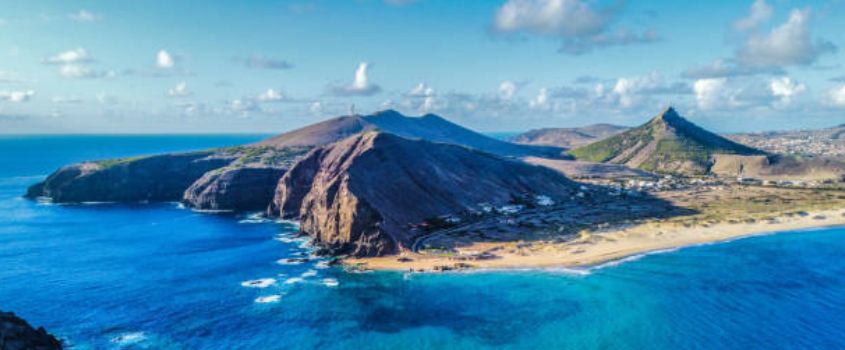
To get to know these and other legends told by the local guides, travel to Madeira Island. Once in this amazing place, do one of these 5 leisure activities and take the opportunity to join one of the tours around the beautiful island, where you will be dazzled by its natural heritage.
Tour Expert advice: be sure to take a day to go to the paradisiacal island of Porto Santo.
Did you like it?
Average votes: 4.29 of 5
Go Back to the Blog







